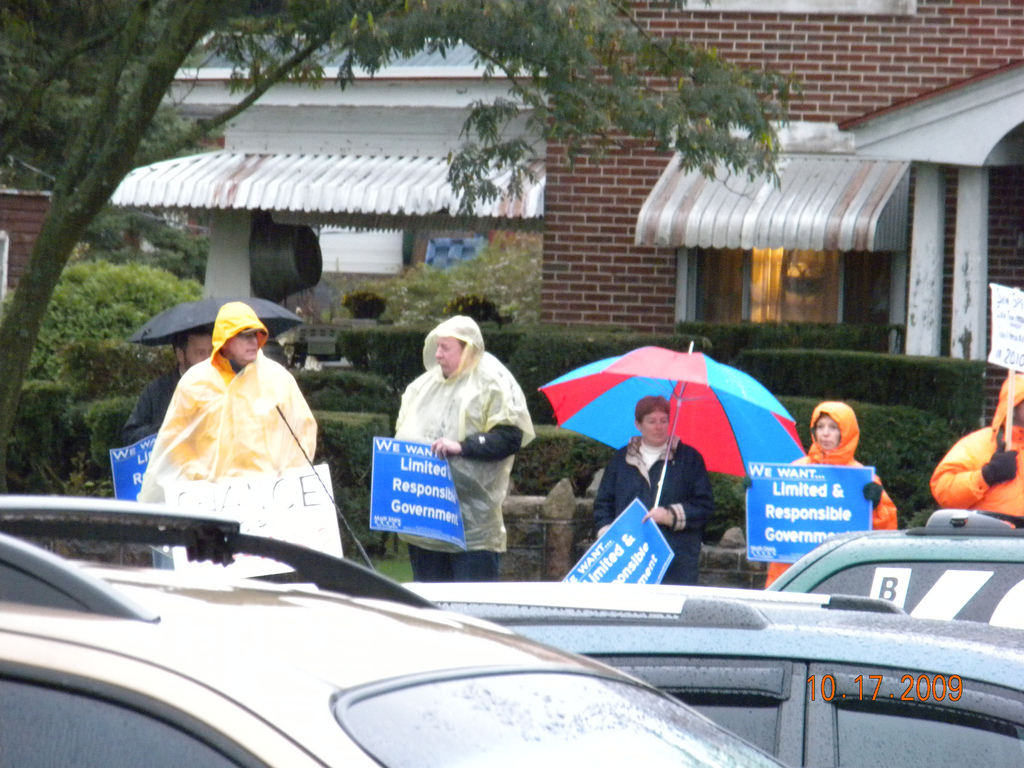Protecting Executives at Home
Maybe it's temporary copycatting, or it could be a new trend, but more and more executives and other high-profile figures are experiencing protest attacks at home.
In just the first five months of 2017, protesters have gathered outside the homes—not offices—of the following U.S. executives, political leaders, and other prominent persons: Wells Fargo CEO Tim Sloan; Facebook CEO Mark Zuckerberg; U.S. Bank CEO Richard Davis; Robert Mercer, co-CEO of hedge fund Renaissance Technologies; Ivanka Trump; U.S. Senator Mitch McConnell; U.S. Representative Maxine Waters; U.S. Federal Communications Commission Chairman Ajit Pai.
Protests at executives' homes are wildly unpredictable in their timing and other characteristics. Throngs ranging from a dozen to hundreds of protesters may appear overnight after a news report or a social media posting. This can happen despite the real possibility that the account that led to the protest is inaccurate, exaggerated, or even completely false.
Regardless, spontaneous mobs or paid protesters may show up at an executive's house to express their displeasure, disturb the neighbors, block access to the home, and frighten the home's occupants by bombarding them with chants, signs, and angry marchers.
One client of ours was targeted at home by protesters opposed to his company's marketing, which appealed to children. The protesters' presence and aggressive tactics caused the executive's special-needs son to panic and attempt to escape the home from a second-story window. Protests at homes are not always innocent. They are sometimes belligerent and can lead to bad outcomes for the family or the protesters.
What can a security department or its executive protection division do to minimize the potential harm to executives (a duty they owe to those important, exposed employees) and even to protesters (whose injury could lead to bad press for the company)?
The answer is anticipation and preventive measures. As for anticipation, one of our clients, a large multinational corporation, takes special efforts to track mentions of the company and its executives—not only in news sources but also in social media. The company's intelligence team also joins the distribution lists of adversarial organizations and, when possible, uses geofencing to monitor social media activity that mentions executives' homes or originates near them. Staff members also conduct research on the specific individuals who make potentially threatening comments online to gauge their possible dangerousness.
In addition, it makes sense to delist the executive's home phone number to minimize the risk of abusive calls and to make it harder to find the executive's address. Delisting is difficult and not reliably permanent, but it is worth a try. A dedicated adversary may still be able to find the phone number and address, but there is no reason to make the task easy, especially for less-organized, spur-of-the-moment, or unbalanced persons.
This anticipatory work, along with planning, makes it possible to implement special measures quickly when risk spikes. The following are some of the measures security personnel can put in place when they detect a plausible risk of protests at an executive's home:
- Provide security driving services to the executives and possibly to members of their families. Protesters may swarm or attack personal vehicles, and a security-trained driver would be better equipped to avoid or otherwise handle such incidents.
- Contract for a law enforcement presence outside the executive's home. If the protesters remain on public property and are not violating the law, police may not do anything to protect the executive. However, a police officer in a marked or unmarked patrol car parked in front of the house may help keep the situation from escalating.
- Set up temporary exterior video cameras, viewing 360 degrees outward from the home, to monitor and document protester behavior, especially any trespassing or throwing of projectiles.
- Make sure the home has bright floodlights shining outward at night so protesters cannot easily trespass undetected.
- Remind the family to turn on its security alarm system.
- Consider having the family live elsewhere for a few days.
Protests at executives' homes are disturbing and potentially dangerous. They cannot be prevented, but with careful research and planning, they can be managed.
Robert L. Oatman, CPP, is president of R. L. Oatman & Associates, Inc.
